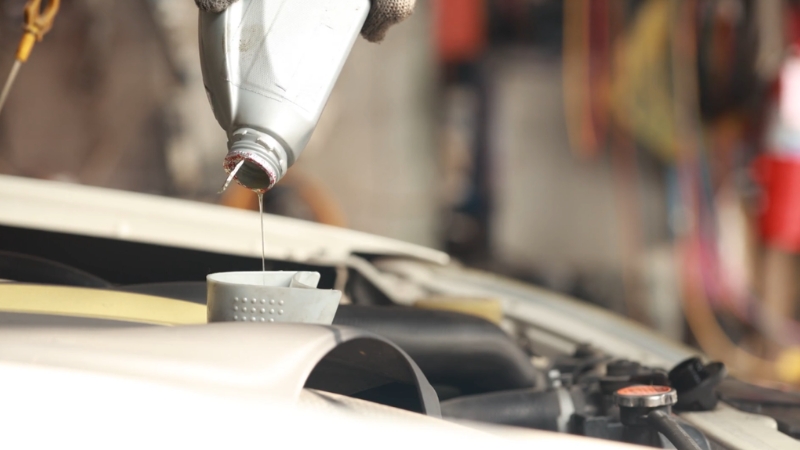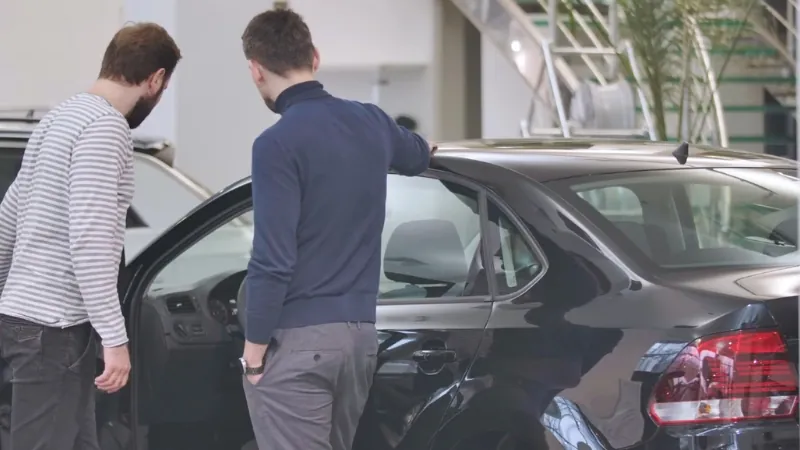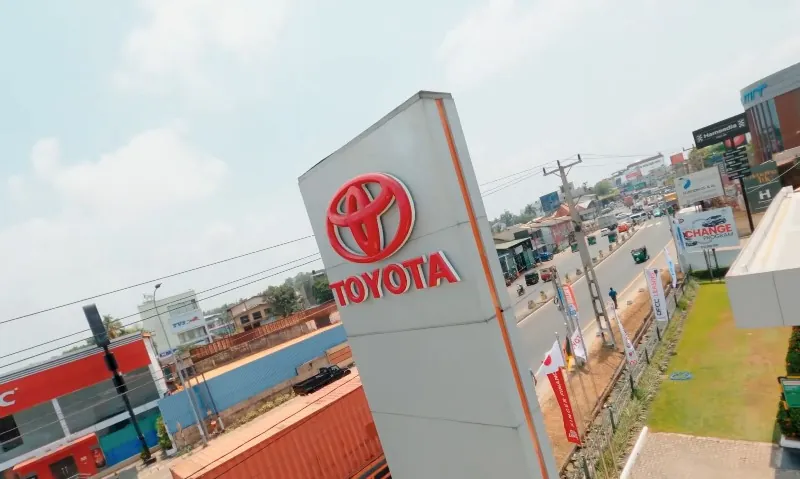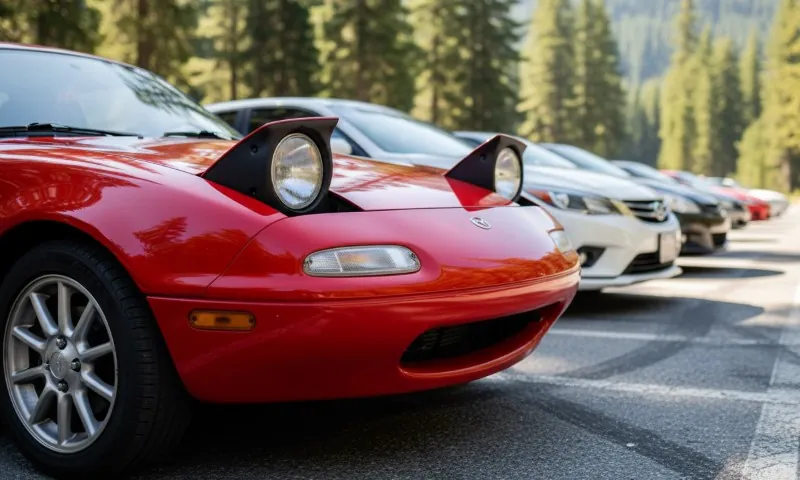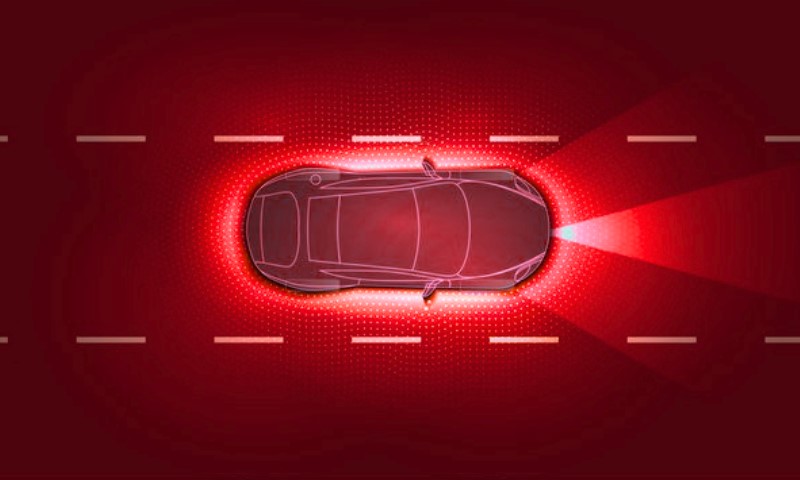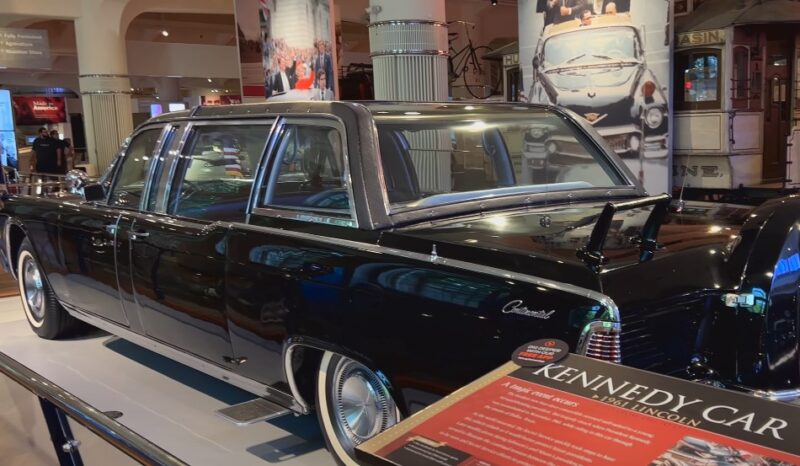
Share Post:
The assassination of President John F. Kennedy on November 22, 1963, is one of those moments that etched itself deeply into the memory of a nation.
The black 1961 Lincoln Continental he was riding in that day became just as much a part of the story as Dealey Plaza or the Texas School Book Depository.
People often wonder: what happened to the car that carried JFK on that tragic day?
Obviously, the car immediately became a big part of the investigation, but there are other details you should know about. Let’s break it down.
Table of Contents
ToggleKey Details
| Specification | Details |
| Make and Model | 1961 Lincoln Continental |
| Body Style | Four-door convertible |
| Color | Midnight blue |
| Modifications | Special reinforcements, raised seat, hand grips, and hydraulic lift for the president’s seat. The car was unarmored. |
| Post-Assassination Modifications | Rebuilt with a permanent roof, armor, and additional security features. |
A Presidential Ride Like No Other
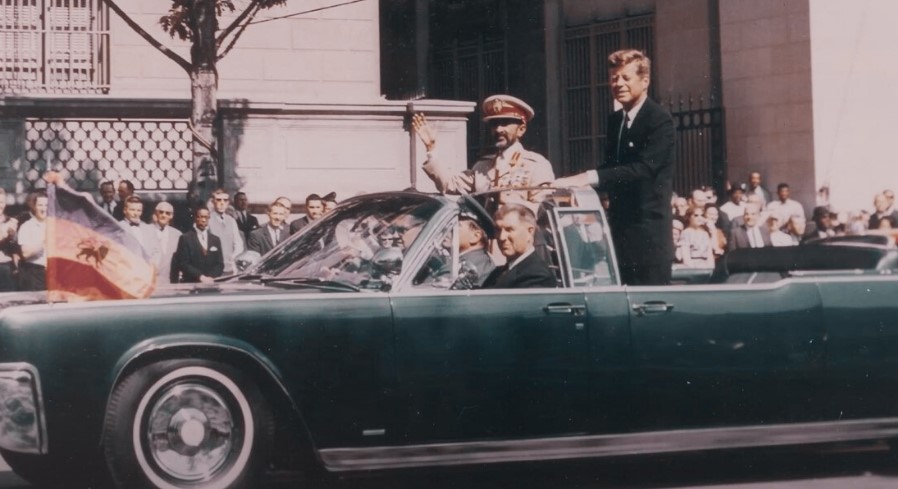
Kennedy’s limousine, a sleek and impressive 1961 Lincoln Continental, wasn’t your ordinary car. Code-named “SS-100-X,” this vehicle was specially built for presidential use.
Ford Motor Company made it, but it was Hess & Eisenhardt, a company known for modifying vehicles for high-profile purposes, that turned it into a rolling command center.
It had all the bells and whistles you’d expect for a presidential limo in the early 1960s—a hydraulic lift to raise the rear seat for better visibility, a special bubbletop for weather protection, and, of course, advanced communication equipment.
But here’s the catch: it wasn’t armored. It’s wild to think about today, considering how we view presidential security.
But back then, making sure the president could be seen by the public was a higher priority than keeping him fully protected. The Continental was leased by the government for just $500 a year—talk about a bargain for a vehicle of such significance.
Modifications were made for comfort, but the lack of armor is one of those “if only we had known” aspects that still haunts the memory of that fateful day.
What Did the Car Cost to Build?
The car, as equipped at the Lincoln plant, would have retailed for $7,347. Custom built, the car cost nearly $200,000.
November 22, 1963 – The Day Everything Changed
@cbsnews It’s been 60 years since former President John F. Kennedy was assassinated in Dallas, Texas. However, the 35th president’s death fueled a new era of conspiracy theories and played a role in the way the public remembered JFK’s death. *Editor’s Note: the previous version of this post had a description error. #jfk #johnfkennedy ♬ original sound – cbsnews
On that bright, sunny day in Dallas, Texas, JFK, along with his wife, Jacqueline, Texas Governor John Connally, and Connally’s wife, Nellie, were in the Lincoln as part of a motorcade through the streets.
As the car made its way through Dealey Plaza, gunshots rang out. The president was struck, and the world stopped in its tracks.
Chaos erupted as the limousine sped toward Parkland Hospital, but it was too late. John F. Kennedy was gone, leaving behind a shattered nation—and an infamous vehicle.
What Happened to the Car?
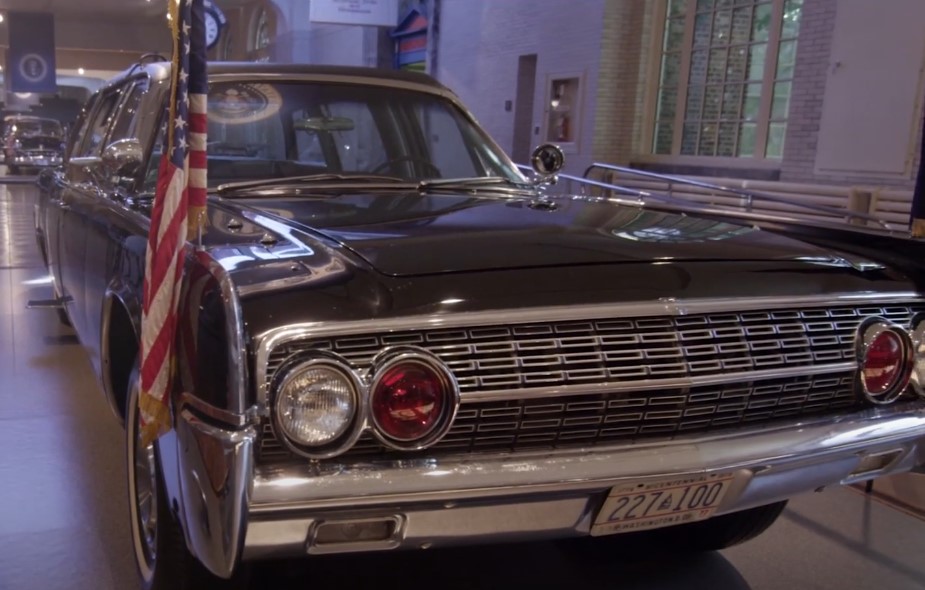
Immediately after the assassination, the Lincoln Continental became a critical part of the investigation. Forensic experts went over every inch of the car, examining it for evidence.
The windshield had been struck by a bullet, and the interior was stained with the aftermath of the event. But here’s where the story takes a turn that some might find surprising: the car wasn’t scrapped.
Instead, it was sent back to the Ford Motor Company’s Rouge Plant in Michigan for a major overhaul. That’s right—the same car that carried JFK during the assassination was refurbished and returned to service.
At first glance, it seems unbelievable. Wouldn’t such a significant vehicle be retired after such a traumatic event? But back in the 1960s, pragmatism ruled.
After its forensic inspection, the decision was made to rebuild the car rather than discard it. And so, the car’s next chapter began.
The Modifications
Once the Lincoln made its way back to Michigan, it was stripped down and extensively modified. Hess & Eisenhardt, the same company that had originally customized it for JFK, took the lead in rebuilding the car.
But it wasn’t just a simple makeover—the modifications were intense. This time, security was front and center. The most important change was the addition of armor.
No more vulnerabilities. The car’s entire body was refitted with bullet-resistant material, making it far more secure than it had been on that terrible day in Dallas. A permanent, non-removable roof was added, made of titanium and steel, turning the once-open vehicle into a fully enclosed fortress on wheels.
It may have weighed over 9,000 pounds after the modifications, but it was far more protective. Along with armor, the limousine received new technology.
Bulletproof glass replaced the original windshield, and run-flat tires were added to ensure the car could keep moving, even if the tires were shot at. The hydraulic lift system, which had once been used to give people a better view of the president, was now a thing of the past.
In its place came safety-focused features that fit the post-assassination mood of heightened security. What’s more, communication systems were beefed up.
The president had to be able to stay in touch with his staff, no matter what was happening around him. After all, the tragic events in Dallas showed just how crucial quick communication could be.
The Car’s Post-Assassination Service
What might be even more surprising than the car’s refurbishment is that it didn’t just get modified and set aside. It continued to be used for nearly a decade after the assassination.
That’s right—the same Lincoln Continental that JFK was riding in when he was killed went on to serve Presidents Lyndon B. Johnson, Richard Nixon, and even Gerald Ford.
Think about it: for years after that dark day in American history, other presidents were riding around in the very car where tragedy struck. By all accounts, it was a highly secure vehicle after its makeover.
But you have to wonder how those later presidents felt getting into it. Did they think about what had happened? Were they reminded of the assassination each time they took a ride?
It’s hard to say, but the car remained a workhorse of the presidential fleet until it was retired in 1977.
Legacy of the Lincoln Continental
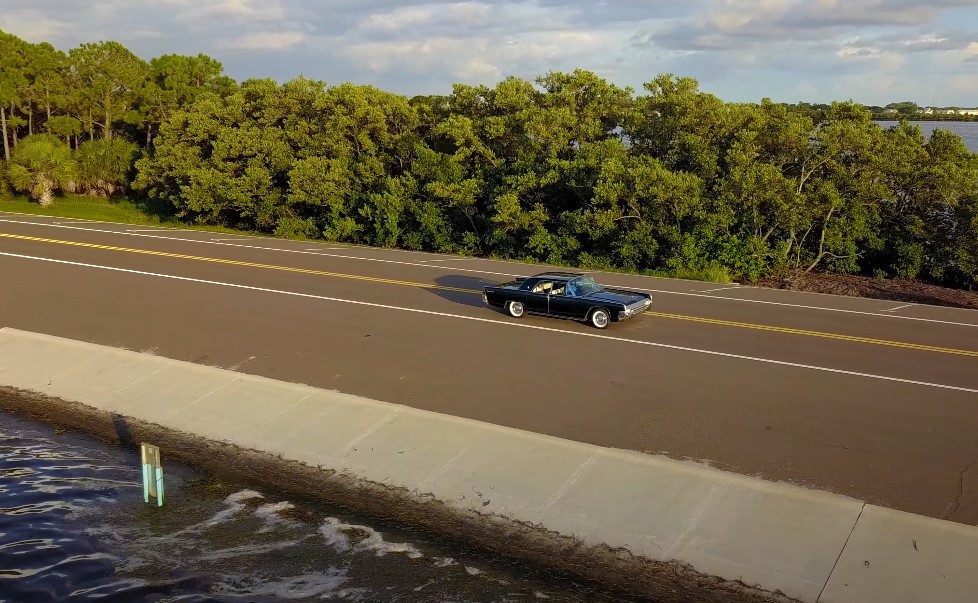
Today, that infamous Lincoln Continental no longer ferries presidents or world leaders. Instead, it resides at the Henry Ford Museum in Dearborn, Michigan, along with 1948 Ford F1 Truck. Sitting there on display, it attracts thousands of visitors every year.
People stand before it, staring at the car that played such a role in a pivotal moment in American history. It’s a powerful symbol—not just of the assassination but of the shifting views on presidential security and the vulnerability of even the most powerful person in the country.
Visitors who make their way to the Henry Ford Museum often find themselves drawn to the car’s dark legacy. Seeing the actual vehicle, the one that carried JFK during those last moments, is a visceral experience. It makes history tangible.
People don’t just read about the assassination; they see a piece of it, preserved in the metal, glass, and leather of the Lincoln. It’s a stark reminder of how much things can change in an instant.
One moment, JFK was waving to crowds, his wife by his side. The next, the nation was plunged into mourning. The car, too, went from being a symbol of presidential grandeur to a moving crime scene, then back to a functional, secure vehicle, and finally, an artifact of history.
Summary
The Lincoln Continental that JFK rode in on November 22, 1963, is more than just a car. It’s a symbol of a moment that changed America forever.
Its transformation from a presidential limousine to a crime scene, and then to a secure vehicle for future presidents, mirrors the resilience of a country that was shaken to its core but determined to move forward.
Today, as the car rests in the Henry Ford Museum, it serves as a reminder. A reminder of the fragility of life, of the importance of security, and of how history is often carried forward, not just in books or films, but in the objects that were there when it happened.
It’s strange to think of a car as having a legacy, but for the Lincoln Continental, that’s exactly what it has—a legacy steeped in history, tragedy, and, ultimately, endurance.
If you ever find yourself in Michigan, take the time to visit. Stand in front of the car that carried a president on his last ride. It may no longer be in service, but it still carries the weight of that day, and it’s a reminder of the lengths to which we’ve gone to protect those who lead.
Related Posts:
- 1978 Lincoln Continental - An Icon of American Luxury
- What Does the M Mean in a Car - Everything You Need to Know
- How to Get Sticker off Car Window - Easy, No-Scratch Methods
- Is It Bad to Leave the AC on in Your Car When You…
- Inside the Rolls-Royce La Rose Noire Droptail -…
- What Causes the Rotten Egg Smell in Your Car?


